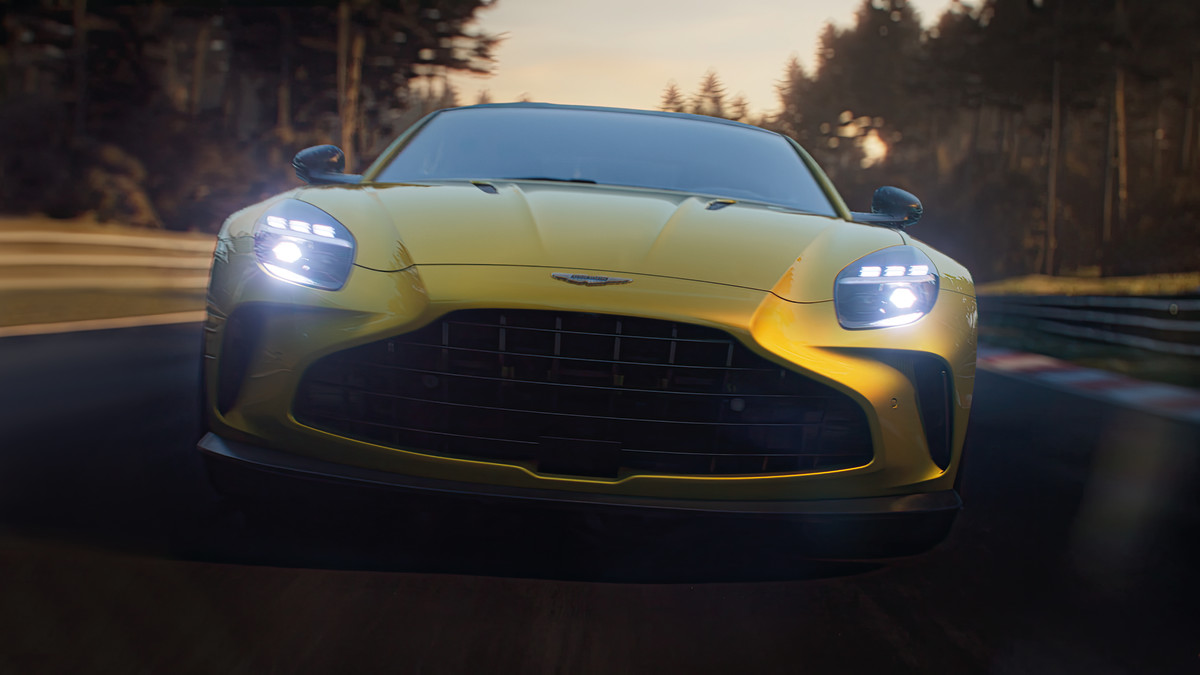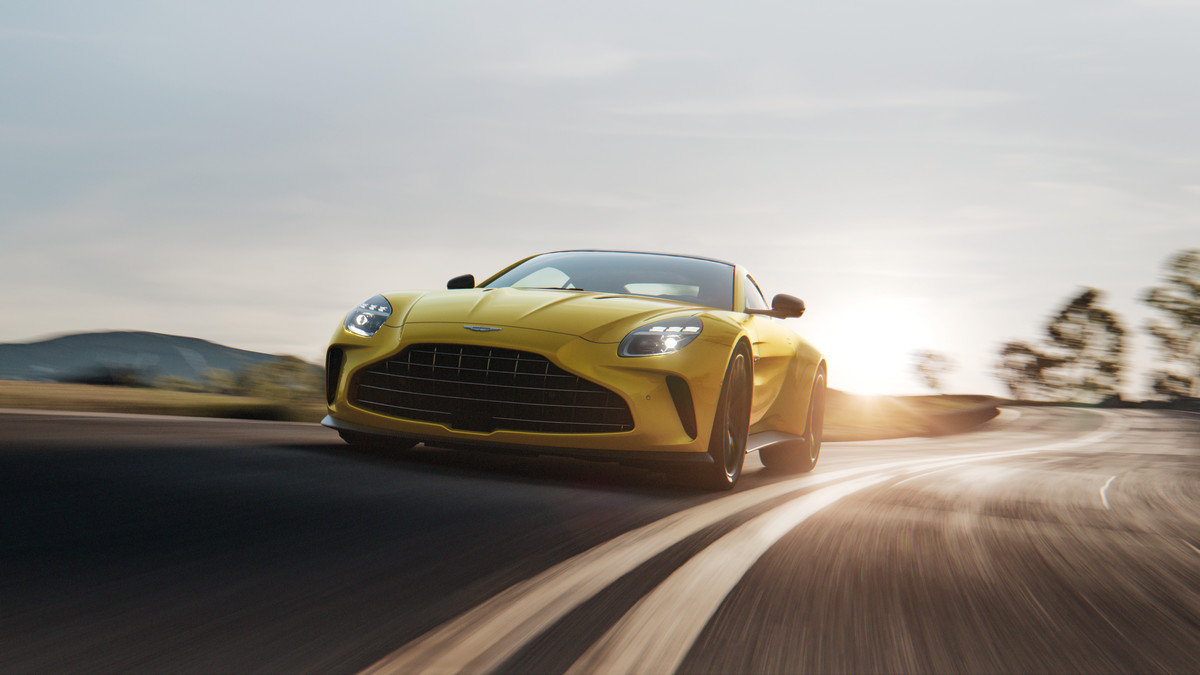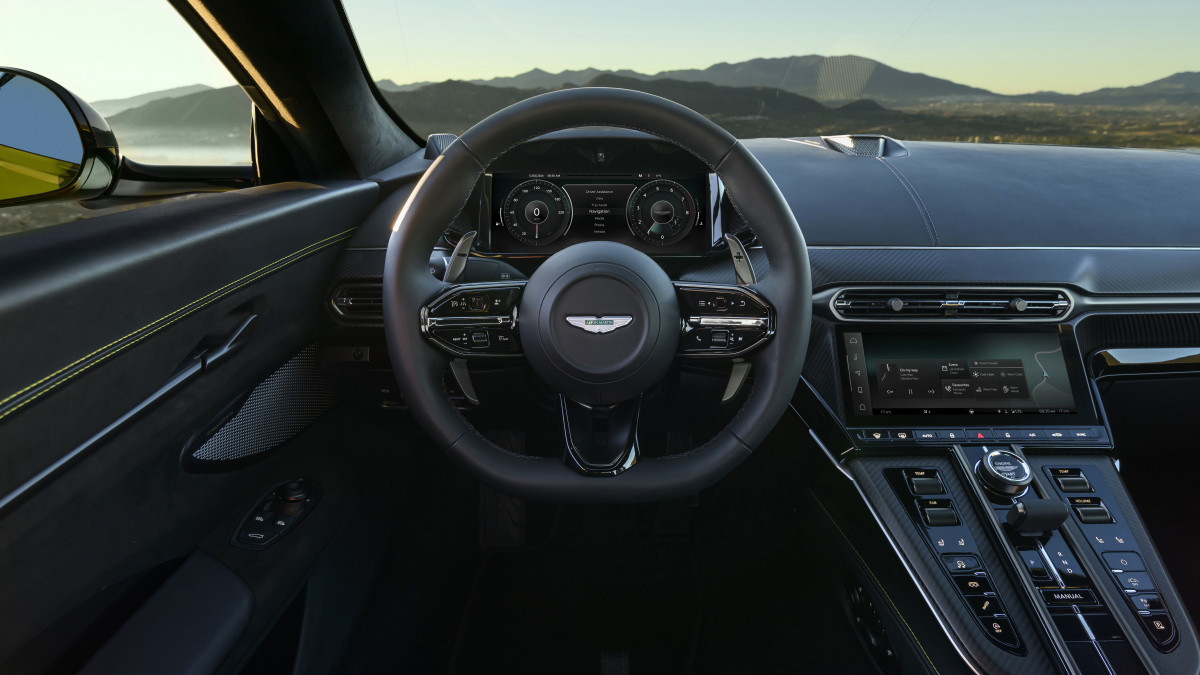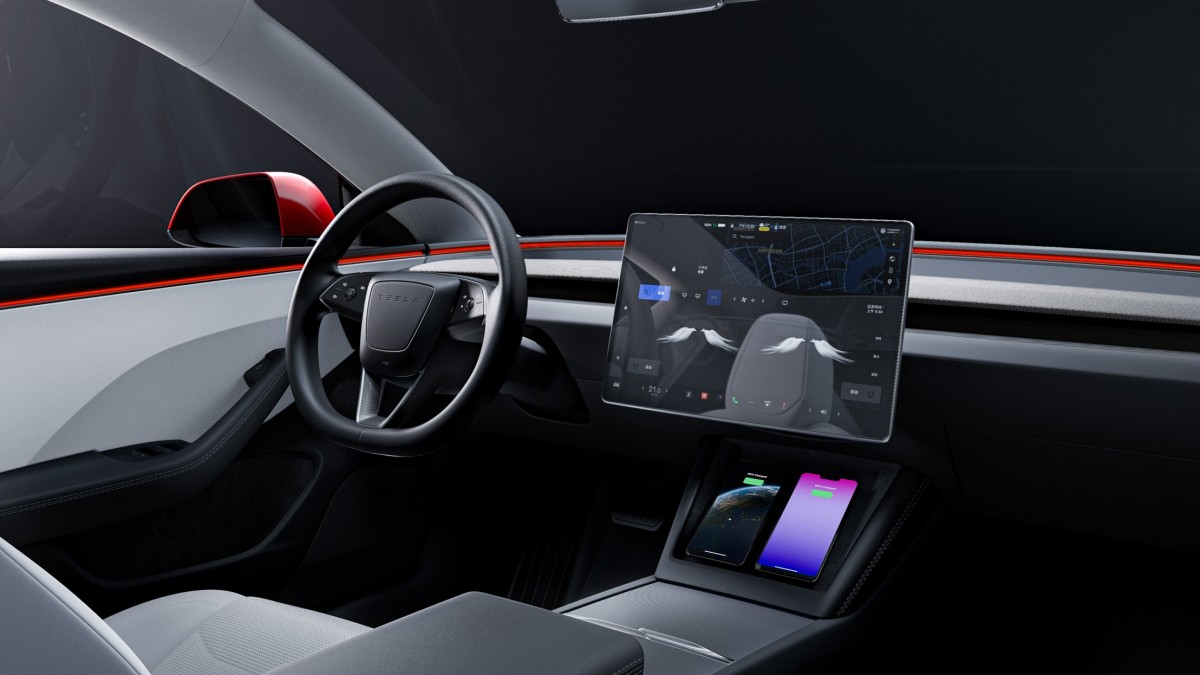
Designing a car in the technological age is a game of checking off a checklist of customer wants and needs.
With most of our lives being spent behind a screen of some sort, automakers have been incorporating touchscreens more and more inside modern cars, as it proves to be a cost-effective method for automakers to incorporate new features.
However, some take it too far – moving otherwise important functions to the screen for the sake of "minimalism."
Related: Why Nissan's future plans for its U.S. offerings is vital for its reputation

Aston Martin
British sports car Aston Martin (AMGDF) is not one of those brands. Its director of design Miles Nurnburger said in an interview with Australian auto authority CarExpert, that nothing comes close to actually feeling real knobs and actual buttons when it comes to the user experience.
“We’re a brand that has come from a world of tactility; sensory interface,” Nurnburger told CarExpert. “The big thing for us is to understand how we layer technology into [a cabin], and we were looking at the likes of Tesla who have been pioneers. We looked at them and very openly, when we first looked at it, said ‘that’s not us’."
To create what he finds as a perfect blend of technology and luxury, the designer got together a small group of people to drive different cars and build a list of essential functions. They then worked out how they felt if said functions weren’t “immediately” available.
The resulting metric they came up with is called the "piss-off factor," and Aston Martin uses it to determine how customers would feel if a certain function were changed.

Aston Martin
To describe how the "piss-off factor" works in practice, Nurnburger used the example of the seat controls of one of its most well-known vehicles – the Vantage sports car. If he moved those controls to the touchscreen, it would have led to a cleaner, more minimalistic design.
More Automotive:
- BMW exec says it's the end of the line for a popular option among car enthusiasts
- Mercedes just took a subtle dig at its biggest luxury rival
- Ford is taking away a convenient feature because no one uses it
However, data from customer feedback revealed that some of its more spirited drivers adjust the seat position whether they decide to go fast in it or not. Moving the seat controls to the touchscreen would have meant drivers navigating through multiple menus –therefore increasing the "piss-off factor," which is why the $190,000 car has actual toggle switches for the seats, as well as an actual volume knob and climate control switches.
“That’s the thing about the piss-off factor. When you want it, you want it instantly,” Nurnburger said. “If you want to turn the volume up and down, temperature absolutely – the minute you’ve got to go into a screen and tap for temperature, you’ve lost the customer. You’ve lost the experience.
“What’s happened in the last five years, is we’ve actually started designing the experience for the user, for the customer. In the past that wasn’t the case, we put buttons in a car because it needed the button.”

Tesla
This is a far departure from "innovative" automakers like Tesla, (TSLA) who are notorious for adding essential functions behind the touchscreen for the sake of minimalism. However, there is a bigger reason why buttons favored over touchscreens.
Recently, safety experts have advocated for actual buttons, noting that more time looking at a touchscreen means less time for eyes are looking at the road. The Euro NCAP - the EU-based safety board similar to the NHTSA is introducing new rules in January 2026 that will require the cars it tests to have actual, physical buttons and knobs to receive their coveted full five-star safety rating.
“The overuse of touchscreens is an industry-wide problem, with almost every vehicle-maker moving key controls onto central touchscreens, obliging drivers to take their eyes off the road and raising the risk of distraction crashes,” Euro NCAP strategic development director Matthew Avery said. "New Euro NCAP tests due in 2026 will encourage manufacturers to use separate, physical controls for basic functions in an intuitive manner, limiting eyes-off-road time and therefore promoting safer driving."
Related: Veteran fund manager picks favorite stocks for 2024







